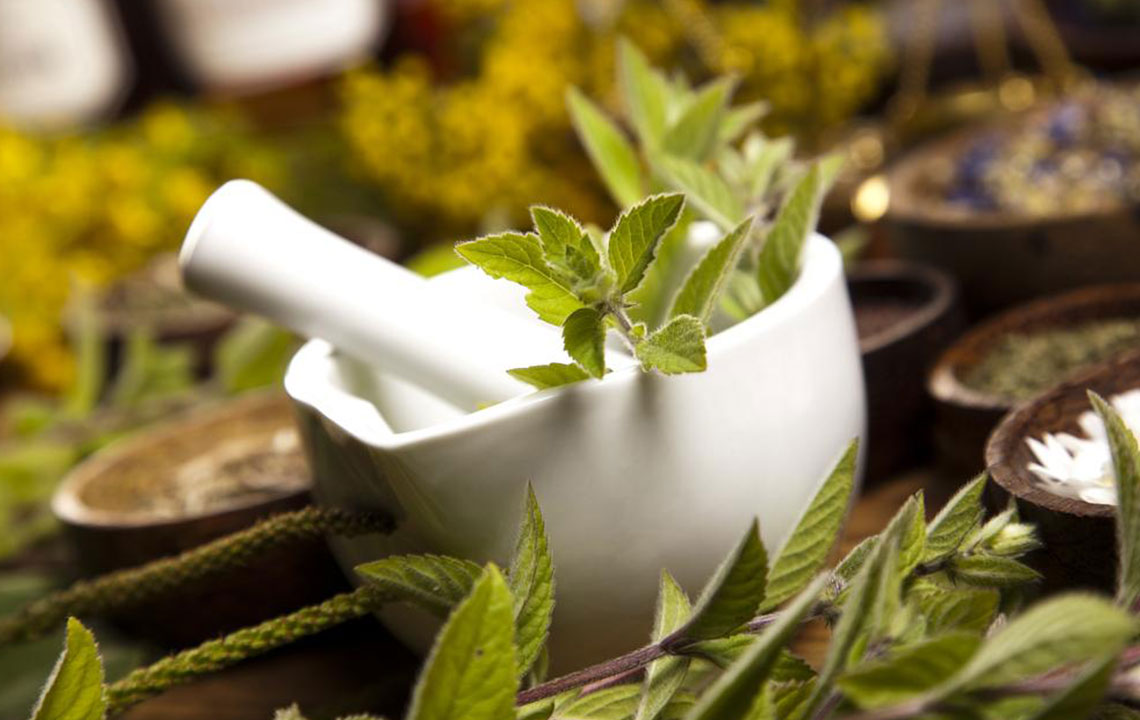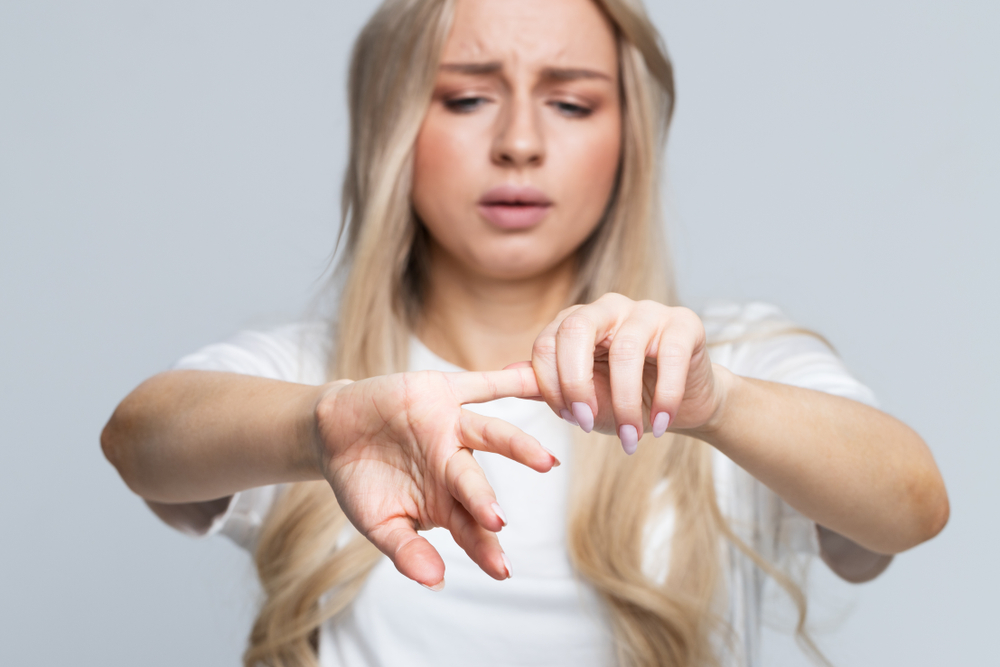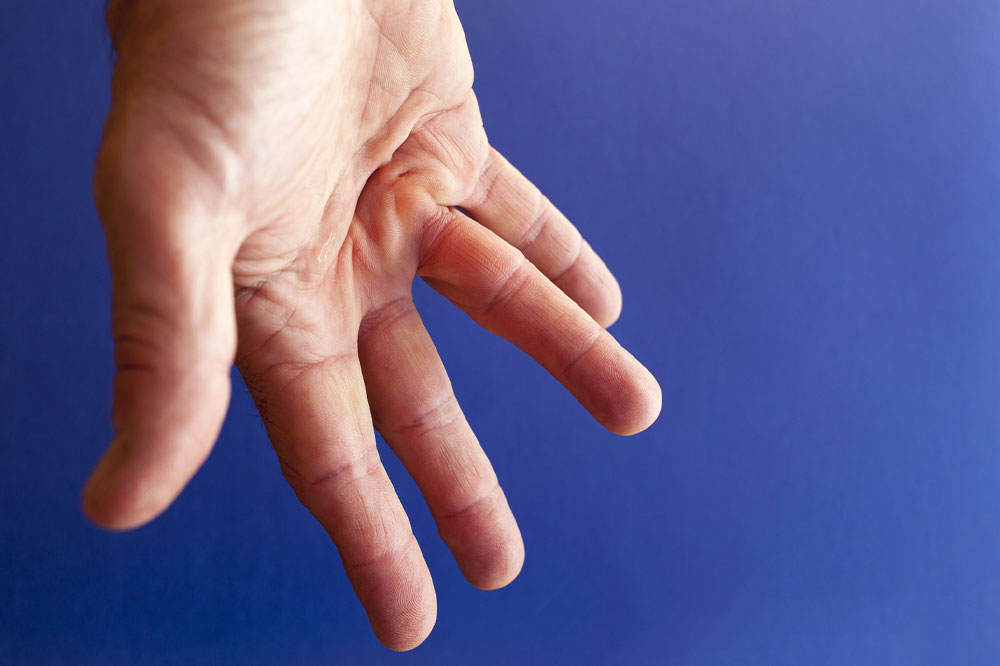Comprehensive Guide to Common Causes of Finger Swelling and How to Address Them
This comprehensive guide explores over 1500 words detailing the top causes of finger swelling, including environmental, lifestyle, and medical factors. It offers insights into symptoms, triggers, and treatments, helping readers recognize when to seek medical help. Understanding these causes can aid in early diagnosis and effective management of finger and toe swelling, promoting better overall health. Learn how to prevent and address common causes like Raynaud’s phenomenon, heat exposure, high salt intake, repetitive strain, and allergic reactions, with practical tips for maintaining healthy fingers.

Comprehensive Guide to Common Causes of Finger Swelling and How to Address Them
Finger swelling, medically known as dactylitis, can be a source of concern or discomfort. While often benign, persistent or severe swelling may signal underlying health problems requiring medical attention. Understanding the common causes of finger and toe swelling is crucial for early detection and appropriate management. Whether caused by environmental factors, lifestyle, or medical conditions, recognizing symptoms can lead to better outcomes. This detailed guide explores the top reasons behind finger swelling, their symptoms, and recommended treatments.
Understanding Finger Swelling (Dactylitis)
Swelling of the fingers, often resembling sausages, can result from a variety of causes. Dactylitis not only affects appearance but can also cause discomfort, stiffness, and reduced mobility. While many causes are benign, some require urgent medical care. Accurate diagnosis involves assessing accompanying symptoms, medical history, and sometimes diagnostic tests.
Below are the most common causes of finger and toe swelling, along with insights into their symptoms, triggers, and treatments.
1. Raynaud’s Phenomenon (Vasospastic Disorder)
Raynaud’s phenomenon is a condition characterized by spasms of small blood vessels, primarily in fingers and toes. These spasms restrict blood flow, leading to color changes, numbness, and cold sensations. It’s more prevalent among women and often triggered by cold exposure or emotional stress.
During an attack, affected fingers or toes may turn white or bluish due to lack of blood flow, then flush with a red hue once circulation improves. Swelling may occur during episodes, accompanied by pain or tingling. Managing Raynaud’s involves keeping extremities warm, reducing stress, and sometimes medication to improve circulation. Severe cases require medical evaluation to prevent tissue damage.
2. Heat Exposure and Hot Weather
Sudden exposure to high temperatures can overwhelm the body’s thermoregulation system. Excess heat causes blood vessels to dilate, increasing blood flow to the skin and extremities. This vasodilation can lead to fluid leakage from vessels into surrounding tissues, resulting in swelling, particularly in fingers and hands.
The swelling typically subsides as the body adapts or cools down. To prevent heat-related swelling, it’s advisable to stay hydrated, wear lightweight clothing, and avoid prolonged sun exposure. In hot climates or during heatwaves, taking regular breaks and seeking shade can also help manage symptoms.
3. Excessive Sodium Consumption
Sodium plays a key role in regulating body fluids. Consuming foods high in salt—such as processed snacks, canned foods, cured meats, and salty condiments—can cause water retention. This excess fluid accumulates in tissues, leading to swelling of the fingers, hands, and feet.
Reducing salt intake by choosing low-sodium options, reading nutrition labels, and increasing water consumption helps mitigate swelling. Maintaining a balanced diet rich in fruits and vegetables promotes natural diuresis, helping to eliminate excess fluids and reduce discomfort caused by swelling.
4. Repetitive Use and Physical Strain
Engaging in repetitive hand movements—such as typing, texting, gardening, or scrubbing—can cause inflammation in the finger joints and soft tissues. Overuse leads to increased blood flow and water retention, resulting in swelling, stiffness, and sometimes pain.
Implementing ergonomic practices, taking frequent breaks, and performing hand stretches can reduce strain. If swelling persists, applying cold packs or elevating hands helps decrease inflammation. In cases of chronic overuse, consulting a healthcare provider for proper diagnosis and management is recommended.
5. Allergic Reactions and Angioedema
Allergic responses to foods, insect stings, medications, or environmental allergens can cause localized swelling, a condition known as angioedema. This reaction results from the release of histamines, which increase vascular permeability and lead to fluid accumulation in surrounding tissues.
Angioedema often affects the face, neck, and extremities, including fingers.Accompanying symptoms may include redness, itchiness, and difficulty breathing in severe cases. Immediate antihistamine treatment and avoiding known allergens are crucial. Severe swelling may require emergency medical attention, especially if breathing is compromised.
Additional Causes and Considerations
Beyond the main causes listed above, other factors contributing to finger swelling include:
Arthritis: Both osteoarthritis and rheumatoid arthritis cause joint inflammation and swelling, often accompanied by pain and deformity.
Preeclampsia: A pregnancy-related condition that involves high blood pressure and fluid retention, leading to swelling in hands and feet.
Lymphedema: Blockage or damage to lymphatic vessels results in persistent swelling, often in the limbs and fingers.
Pre-menstrual Syndrome (PMS):Hormonal fluctuations can cause water retention and swelling around menstruation.
When to Seek Medical Attention
Most finger swelling is benign and resolves with lifestyle adjustments. However, immediate medical attention is required if:
The swelling is sudden and severe.
Associated with chest pain, difficulty breathing, or severe pain.
Persistent or worsening despite home care.
Signs of infection such as redness, warmth, or pus.
Accurate diagnosis often involves physical examination, blood tests, imaging, and allergy testing. Treatment varies depending on the underlying cause and may include medications, lifestyle modifications, and in some cases, surgical intervention.
Practical Tips to Prevent and Manage Finger Swelling
Stay hydrated and maintain a balanced diet low in salt.
Keep extremities warm in cold environments.
Avoid prolonged repetitive movements without breaks.
Use ergonomic tools and proper posture when working or performing activities.
Address allergies proactively with suitable medications.
Understanding the diverse reasons behind finger swelling empowers individuals to take preventive measures and seek timely medical care, ensuring healthier fingers and toes and reducing discomfort and potential complications.





